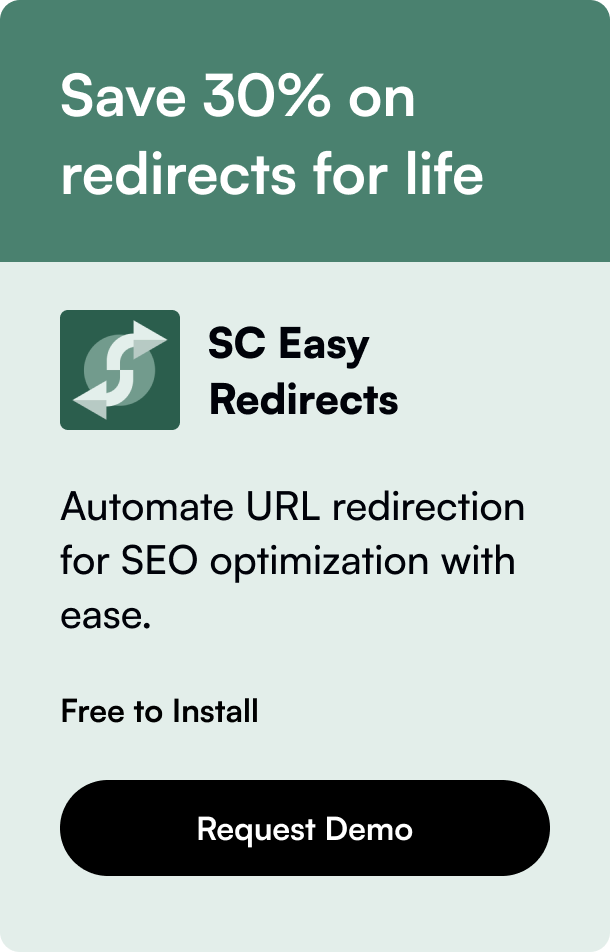Table of Contents
- Introduction
- Understanding the Basics
- Step-by-Step Guide to Connecting Your Domain to Shopify
- After Connecting: Next Steps
- Troubleshooting Common Issues
- Frequently Asked Questions (FAQ)
In the rapidly expanding digital marketplace, having a strong online presence has never been more critical. A part of building this presence is securing a custom domain that not only reflects your brand but also makes it easier for customers to find you. For many, Shopify stands as the platform of choice for creating a sleek, user-friendly online store. But what happens when you have the perfect domain purchased from a third-party provider, and you need to integrate it with your Shopify store? This post will guide you through the process of connecting your external domain to Shopify, ensuring a seamless transition for your online business.
Introduction
Imagine this: you've spent countless hours brainstorming the perfect name for your online store. You've even gone the extra mile to purchase a custom domain to solidify your brand's identity. However, there's just one hiccup - your domain needs to be connected to your Shopify store, and the thought of diving into technical settings feels daunting. Fear not, as this guide is designed to demystify the process, whether you're a tech guru or a novice.
The digital era has made it imperative for businesses to have an online presence, not just for credibility but also for reaching a broader audience. With Shopify being a leading e-commerce platform, connecting your third-party domain is a critical step in creating a cohesive brand experience. This post will explore various methods for establishing this connection, ensuring your domain is properly pointed to your Shopify store, making your products accessible with just a click.
Whether you've purchased your domain through popular providers like Google Domains, GoDaddy, Siteground, or Hostgator, the ultimate goal remains the same - to make your online store easily accessible to your target audience. This post will cover automatic and manual connection methods, considerations for using a third-party domain, transferring a domain to Shopify, and troubleshooting common issues. Let's get started on this journey to effectively connect your domain to Shopify, paving the way for a successful online business.
Understanding the Basics
Before diving into the technicalities, it's crucial to grasp why connecting your domain to Shopify is a pivotal step. Your domain name serves as your online identity, a digital address that customers use to access your store. By linking it to your Shopify store, you ensure a professional and cohesive brand image, essential for building trust and convenience for your customers.
Automatic vs. Manual Connection
Shopify simplifies the process by offering both automatic and manual methods for connecting your domain. If your domain is from Google Domains or 1&1 IONOS, the automatic connection might be the most straightforward option. However, for domains purchased from other providers, manual connection becomes necessary. Understanding the difference between these methods and choosing the right one for your situation is key to a smooth setup process.
Step-by-Step Guide to Connecting Your Domain to Shopify
Automatically Connecting Your Domain
If you're lucky enough to have a domain from a provider that allows automatic connection, follow these steps:
- Log in to your Shopify admin dashboard and go to the "Domains" section.
- Click on "Connect existing domain" and enter your domain name.
- Follow the prompt to log in to your domain provider's account.
- Approve the connection to Shopify.
This method is quick and requires minimal technical knowledge, making it ideal for those looking to save time and avoid manual settings.
Manually Connecting Your Domain
For domains purchased outside Google Domains or 1&1 IONOS, a manual connection is necessary. Here's how to do it:
- Log into your third-party domain provider's account and navigate to your DNS settings.
- Edit your A record to point to Shopify's IP address: 23.227.38.65
- Add or modify the www CNAME record to point to
shops.myshopify.com. - Save your changes and wait for them to propagate, which can take up to 48 hours.
Remember, patience is key, as DNS changes can take some time to take effect across the internet.
After Connecting: Next Steps
Once your domain is successfully connected to Shopify, there are a few housekeeping tasks to complete. Firstly, ensure your domain's DNS settings are properly configured to reflect the changes. It's also a good time to set up your email forwarding if you haven't already, ensuring any emails sent to your domain's address are redirected to your chosen email account.
Troubleshooting Common Issues
Sometimes, the domain connection process doesn't go as smoothly as anticipated. If you encounter issues, here are a few troubleshooting tips:
- Double-check your DNS settings to ensure they are correctly entered.
- Verify your domain's status in your Shopify admin; if it's not yet verified, it might need more time or require additional verification steps.
- Consider reaching out to your domain provider's support team for assistance or guidance, especially if DNS settings seem confusing.
Frequently Asked Questions (FAQ)
Can I connect multiple domains to my Shopify store?
Yes, Shopify allows you to connect multiple domains, helping you streamline traffic from various sources to a single online store.
How long does it take for my domain to connect to Shopify?
It typically takes up to 48 hours for DNS changes to propagate and for your domain to fully connect to Shopify.
What if I want to transfer my domain to Shopify?
Transferring your domain to Shopify is a straightforward process that offers the benefit of managing everything from a single platform. Shopify's guide on domain transfer offers a step-by-step approach to this task.
Can I use a subdomain with Shopify?
Absolutely! Connecting a subdomain follows a similar process to connecting a primary domain and is an excellent strategy for organizing different sections of your online store or creating a blog.
Connecting your third-party domain to Shopify doesn't have to be a daunting task. With the right guidance and understanding of the process, you can ensure your brand's online presence is strong, cohesive, and easily accessible to your audience. Whether you opt for automatic or manual connection, the key is to follow the steps closely and reach out for support when needed. By doing so, you'll be well on your way to building a successful and professional online store on Shopify.










